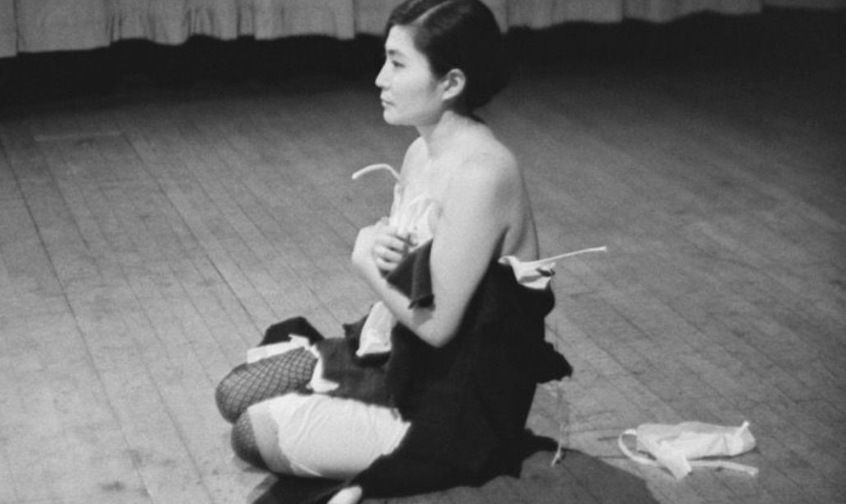
5 Celebrated Performance Art Pieces in the USA
Performance art, an often provocative form of artistic expression, emerged in the 20th century as a powerful medium for artists to convey complex messages through live actions. Unlike traditional art forms, performance art is not confined to a static canvas or a fixed medium. Instead, it incorporates the artist’s body, space, time, and often the audience itself to create a unique and immersive experience. In the United States, performance art has played a significant role in challenging societal norms, exploring identity, and pushing the boundaries of what art can be. Here, we explore the essence of performance art and delve into five notable examples that have left an indelible mark on the American art scene.

Defining Performance Art
Performance art is a genre where the artist uses their body and actions to convey artistic ideas and messages. It is an interdisciplinary art form that often combines elements of theatre, dance, music, and visual art. Unlike theatrical performances, which are typically scripted and rehearsed, performance art can be spontaneous, experimental, and interactive. It often addresses social, political, and cultural issues, aiming to provoke thought, evoke emotions, and engage the audience in a dialogue.
The roots of performance art can be traced back to the early 20th century with the Dada movement, which embraced absurdity and anti-art sentiments. However, it was in the 1960s and 1970s that performance art gained significant traction, with artists using their bodies as canvases to challenge conventions and explore new artistic territories.
Famous Performance Art Pieces in the USA
1. “Cut Piece” by Yoko Ono (1964)


“Cut Piece” explores themes of vulnerability, objectification, and the dynamics of power between the artist and the audience. By allowing the audience to actively participate in the destruction of her clothing, Ono highlighted issues of consent, agency, and the passive role often imposed on women in society. This powerful piece remains a seminal work in the history of performance art, influencing countless artists and feminist thinkers.
2. “Shoot” by Chris Burden (1971)


3. “The Artist Is Present” by Marina Abramović (2010)
Marina Abramović, often referred to as the “grandmother of performance art,” has created numerous groundbreaking works, but “The Artist Is Present” stands out as one of her most significant pieces. Performed at the Museum of Modern Art (MoMA) in New York City in 2010, this piece involved Abramović sitting silently at a table, inviting visitors to sit across from her and engage in a silent, mutual gaze.

4. “Seedbed” by Vito Acconci (1972)


5. “Meat Joy” by Carolee Schneemann (1964)

“Meat Joy” was a radical departure from traditional art forms, emphasising the visceral and the erotic. Schneemann sought to break down barriers between art and life, exploring themes of sexuality, liberation, and the body’s primal instincts. The performance was both celebrated and criticised for its raw and unfiltered portrayal of human desires, making it a seminal work in the feminist art movement.

Performance art in the United States has continually pushed the boundaries of artistic expression, challenging audiences to engage with complex and often uncomfortable themes. From Yoko Ono’s exploration of vulnerability and consent to Chris Burden’s shocking commentary on violence, these performances have left an indelible mark on the art world. Marina Abramović’s focus on presence and human connection, Vito Acconci’s confrontation of voyeurism, and Carolee Schneemann’s celebration of the body further illustrate the diverse and powerful ways in which performance art can impact society.


Check out top-rated local artists near you!
Are you an artist ? Sign Up












